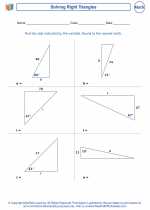The Troposphere
The troposphere is the lowest layer of Earth's atmosphere, extending from the Earth's surface up to an average height of about 12 kilometers (7.5 miles) in the polar regions, and up to 17 kilometers (11 miles) in the equatorial regions. It is the layer in which all weather phenomena occur and is the most dense layer of the atmosphere.
Key Characteristics of the Troposphere:
- Temperature: The temperature of the troposphere generally decreases with altitude, at an average lapse rate of 6.5°C per kilometer.
- Weather: All weather phenomena, such as clouds, rain, snow, thunderstorms, and tornadoes, occur within the troposphere.
- Composition: The troposphere contains approximately 78% nitrogen, 21% oxygen, and trace amounts of other gases such as water vapor, carbon dioxide, and argon.
- Vertical Mixing: Due to convection and turbulence, there is vertical mixing of air within the troposphere, leading to the distribution of heat, moisture, and pollutants.
Study Guide:
When studying the troposphere, it's important to focus on the following key concepts:
- Understanding the layers of the Earth's atmosphere and the specific characteristics of the troposphere.
- Explaining the role of the troposphere in weather patterns and phenomena.
- Identifying the major gases present in the troposphere and their respective proportions.
- Describing the concept of lapse rate and its impact on temperature changes within the troposphere.
- Discussing the significance of vertical mixing and its implications for atmospheric dynamics.
Additionally, it's beneficial to explore real-world examples and case studies related to the troposphere, such as the impact of human activities on air quality and the influence of tropospheric conditions on aviation and air travel.
By mastering these concepts and exploring practical applications, you can develop a comprehensive understanding of the troposphere and its significance within the Earth's atmosphere.
[Troposphere] Related Worksheets and Study Guides:
.◂Math Worksheets and Study Guides Seventh Grade. The Pythagorean Theorem
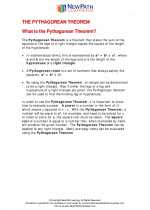
 Study Guide
Study Guide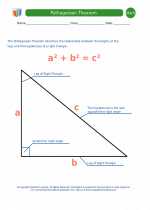
 Worksheet/Answer key
Worksheet/Answer key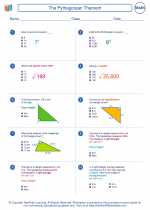
 Worksheet/Answer key
Worksheet/Answer key
 Worksheet/Answer key
Worksheet/Answer key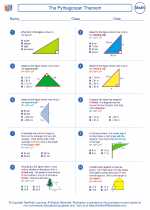
 Worksheet/Answer key
Worksheet/Answer key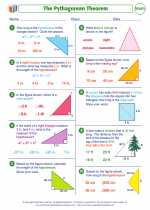
 Worksheet/Answer key
Worksheet/Answer key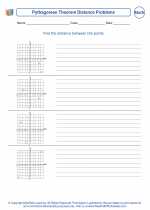
 Worksheet/Answer key
Worksheet/Answer key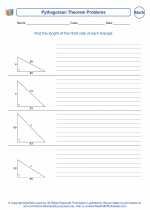
 Worksheet/Answer key
Worksheet/Answer key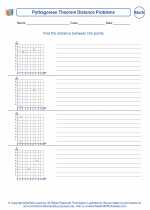
 Worksheet/Answer key
Worksheet/Answer key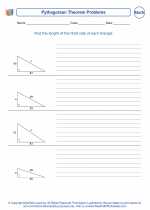
 Worksheet/Answer key
Worksheet/Answer key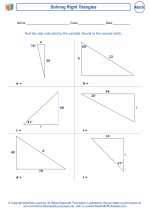
 Worksheet/Answer key
Worksheet/Answer key